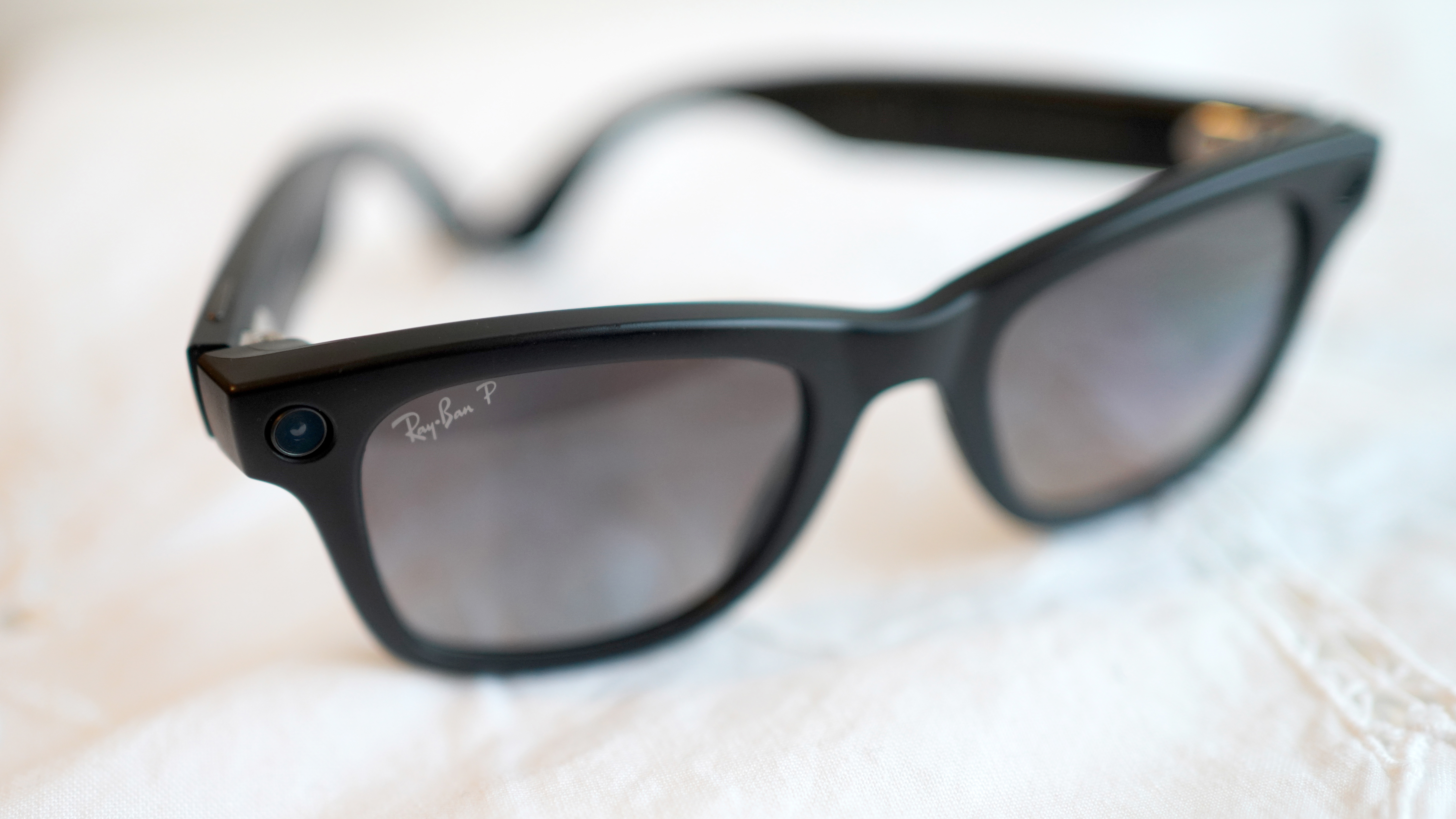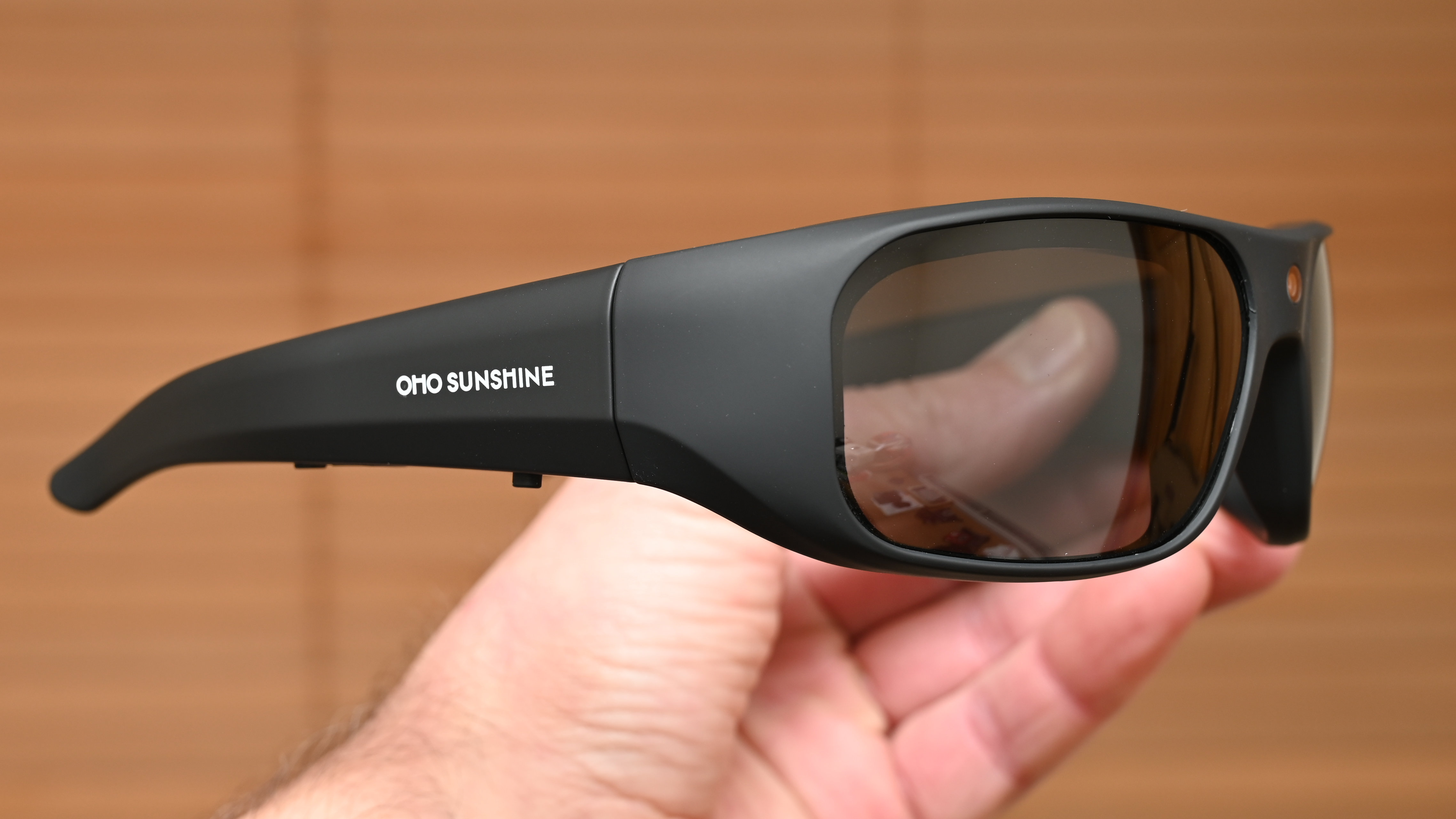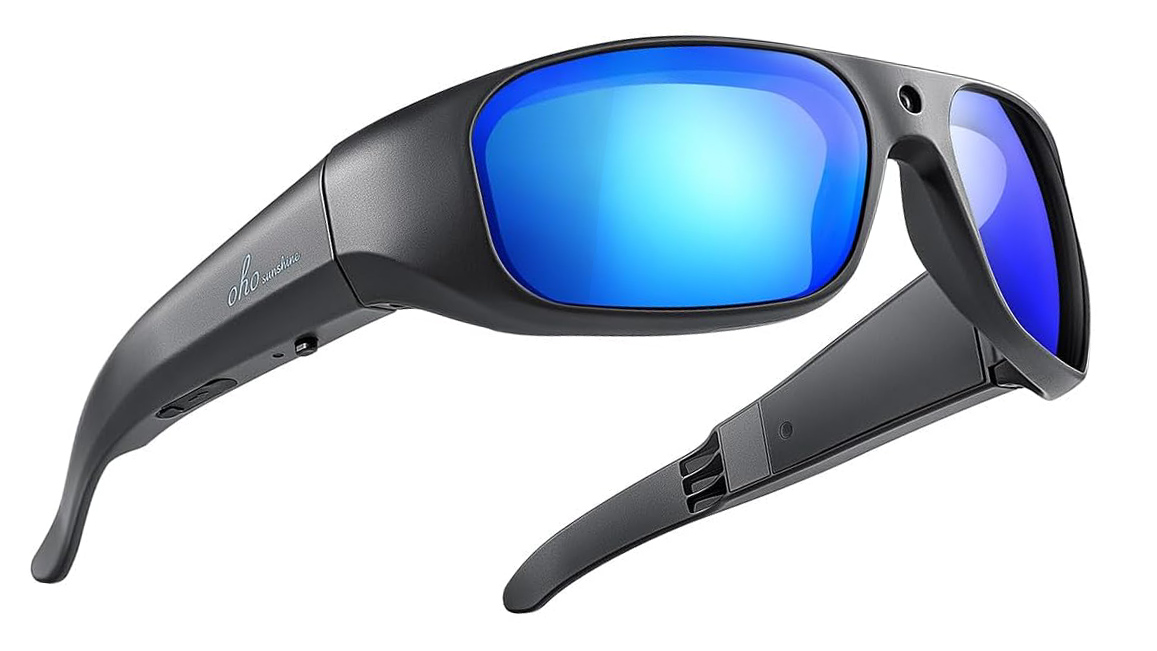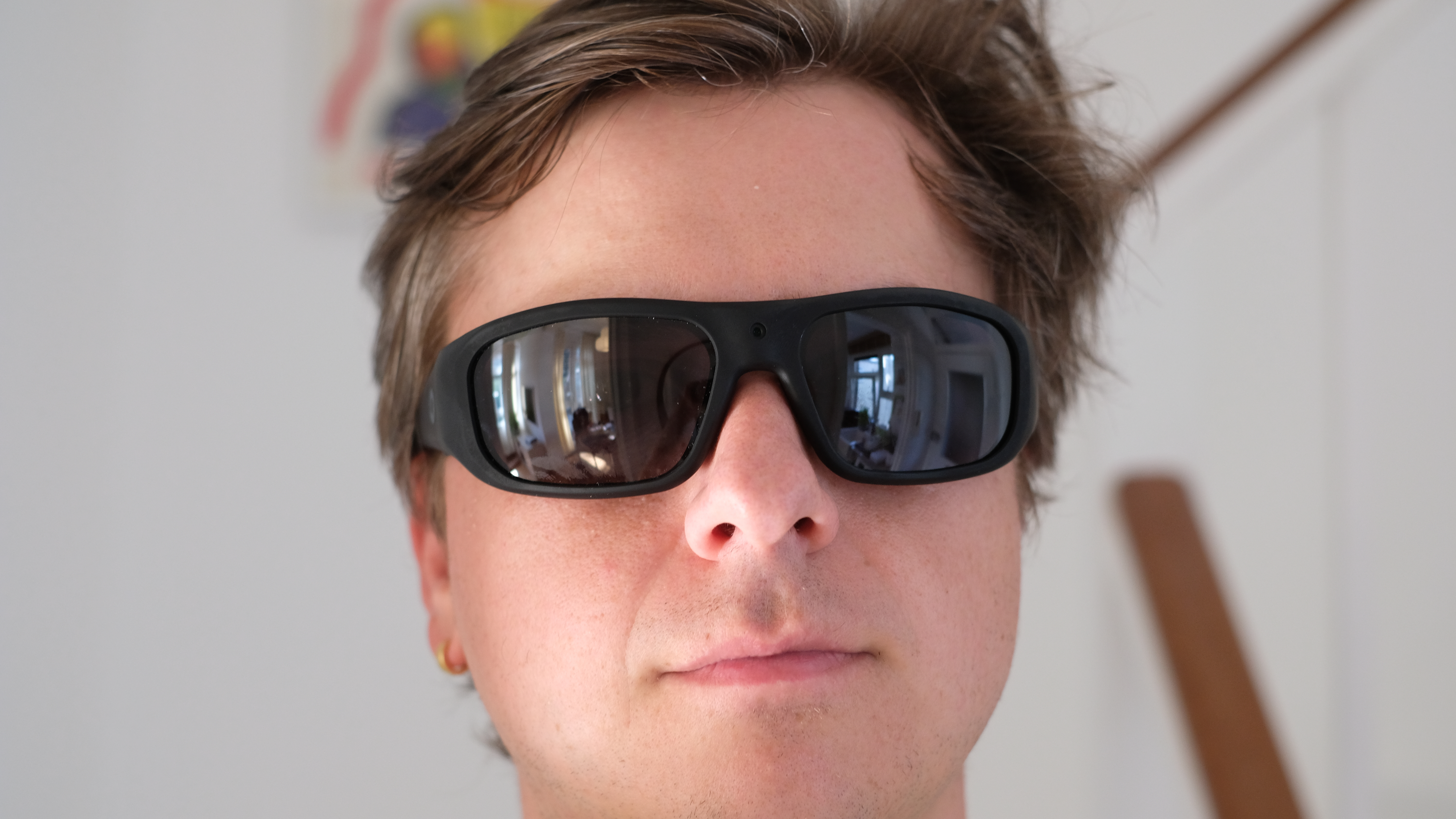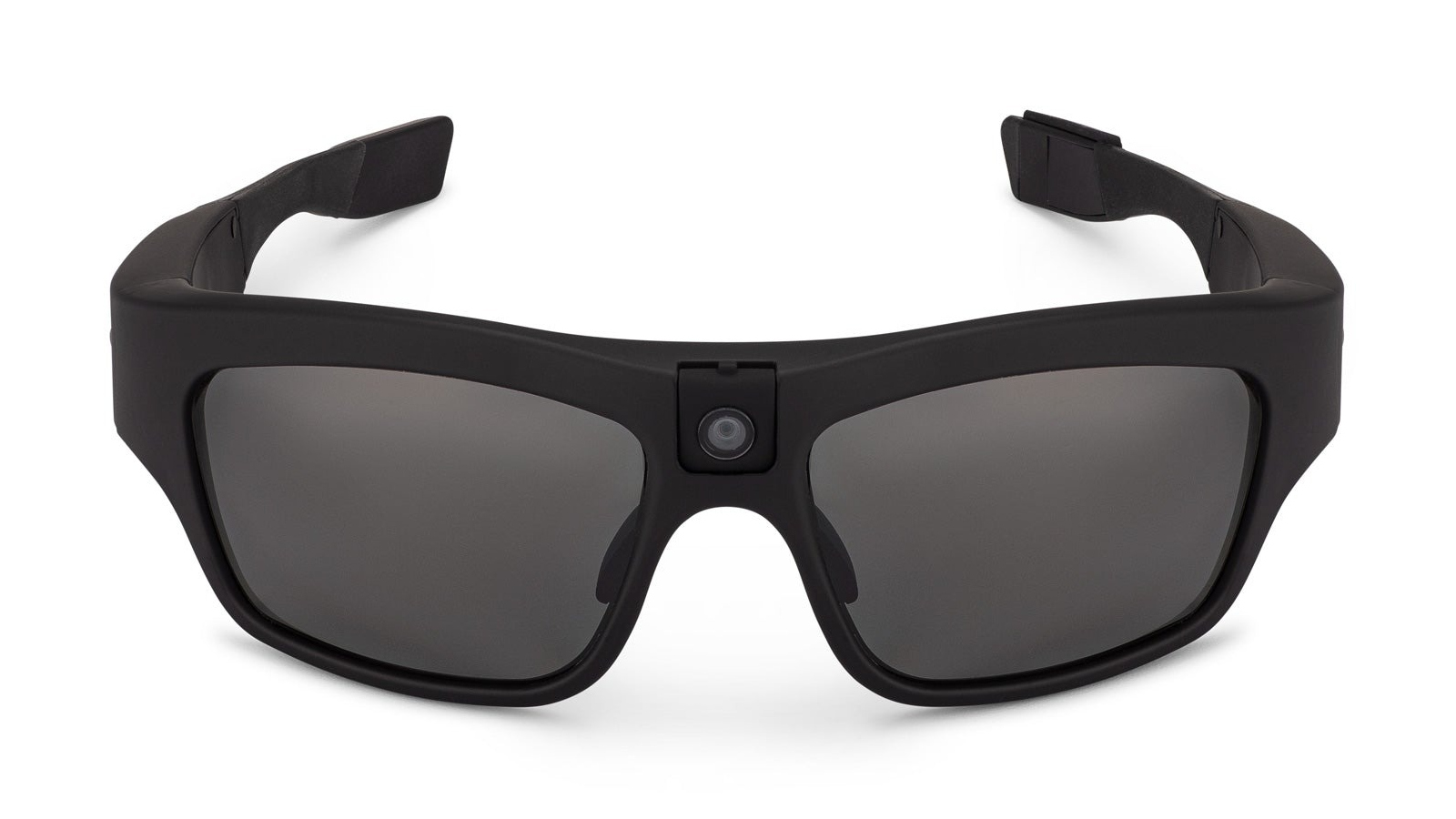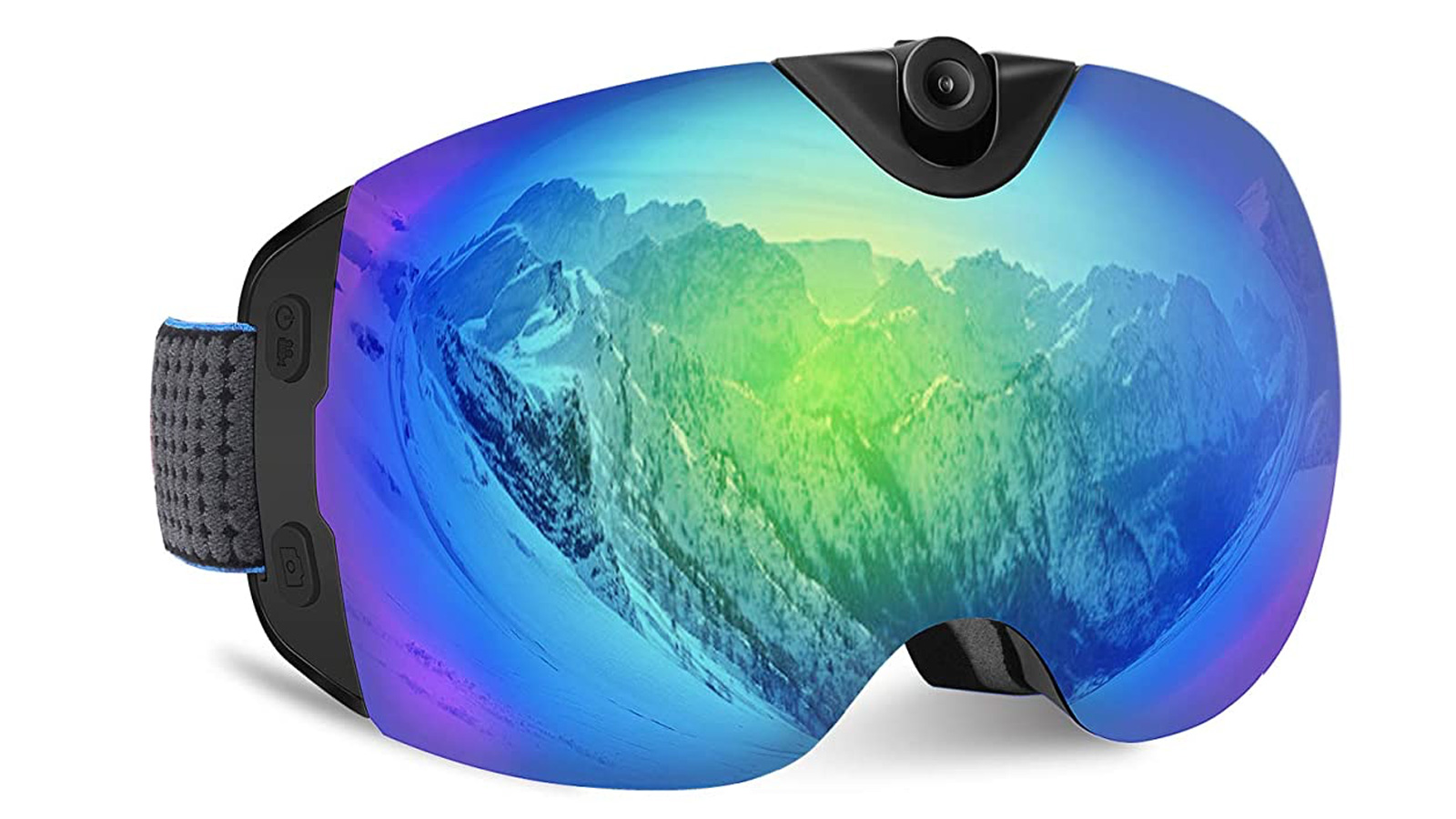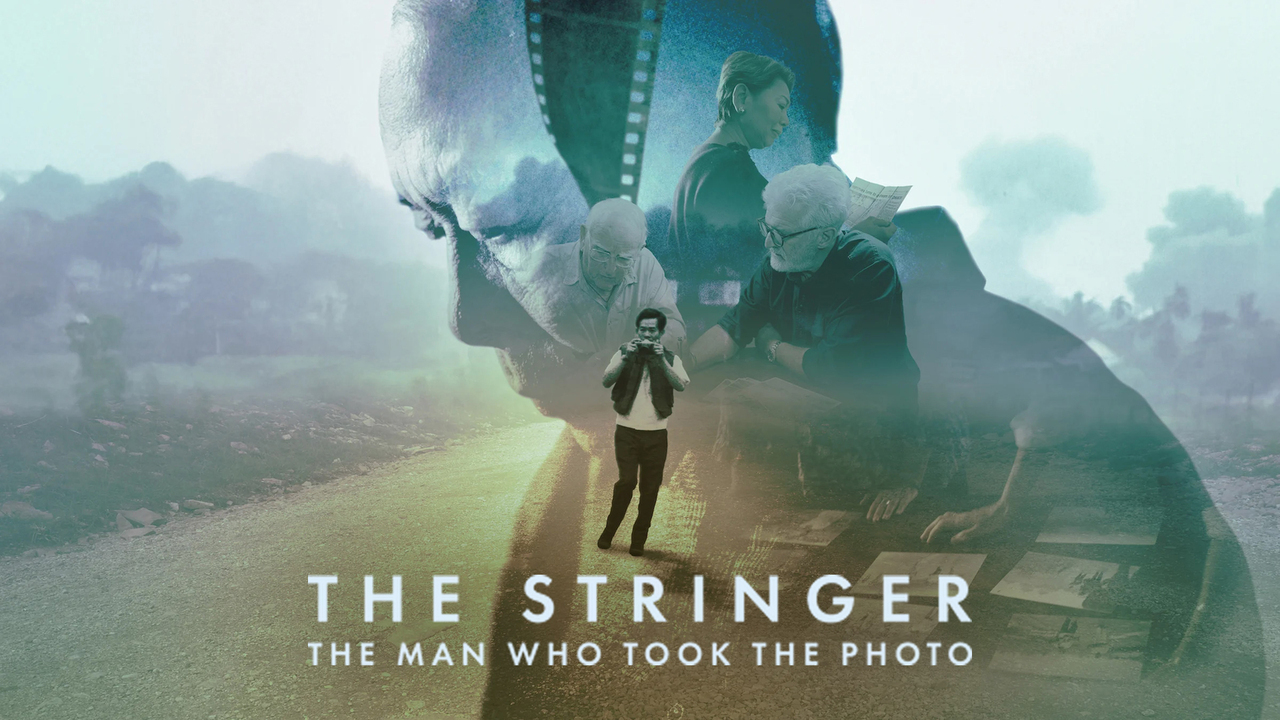Best camera glasses in 2025: wearable tech for eye-level photography
Capture images and video, make calls and listen to music, with the best camera glasses
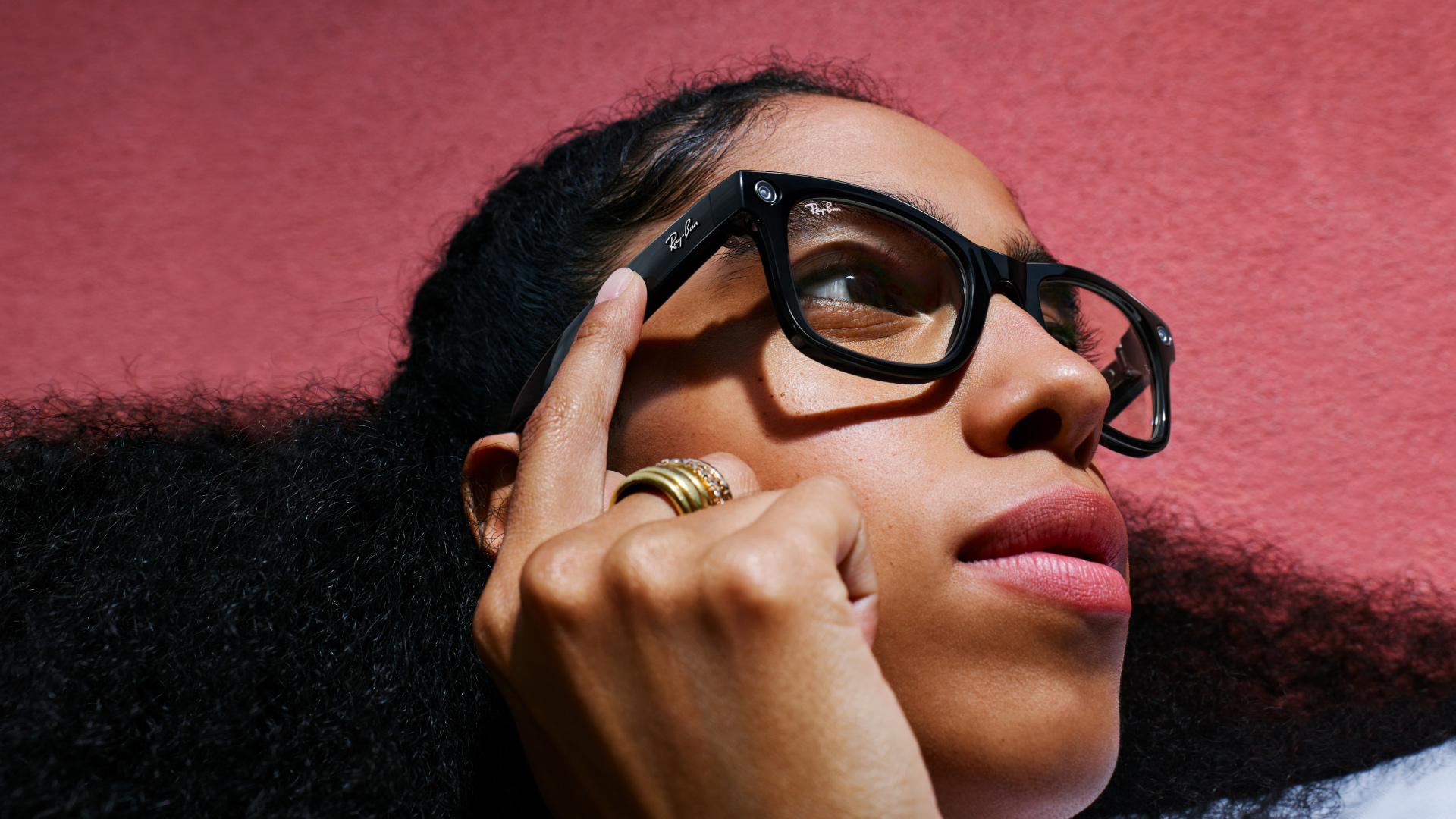
The best camera glasses have exploded in terms of the options available over the past year. Since Meta's partnerships with the likes of Ray-Ban and Oakley in developing its smart glasses, we've seen multiple generations of these clever camera glasses in various styles and configurations. The failure of of Google Glass suddenly feels like a long time ago.
Of course, you don't necessarily have to spend top dollar to get a decent pair of camera glasses, as there are basic options at the cheap end of the market. I've picked out a balanced list year that covers the range in terms of budget, with some glasses offering features like Wi-Fi app control, fast-charging, swappable lenses and more.
My top pick is the original Ray-Ban Meta Smart Glasses, which come in a range of styles, and are currently significantly cheaper than the upgraded Gen 2 versions. There are plenty more viable options however, so let's take a look – and see our guide to the best body cameras for more wearable goodies.

With over 20 years of expertise as a tech journalist, Adam brings a wealth of knowledge across a vast number of product categories, including timelapse cameras, home security cameras, NVR cameras, photography books, webcams, 3D printers and 3D scanners, borescopes, radar detectors… and, above all, drones.
The Quick List
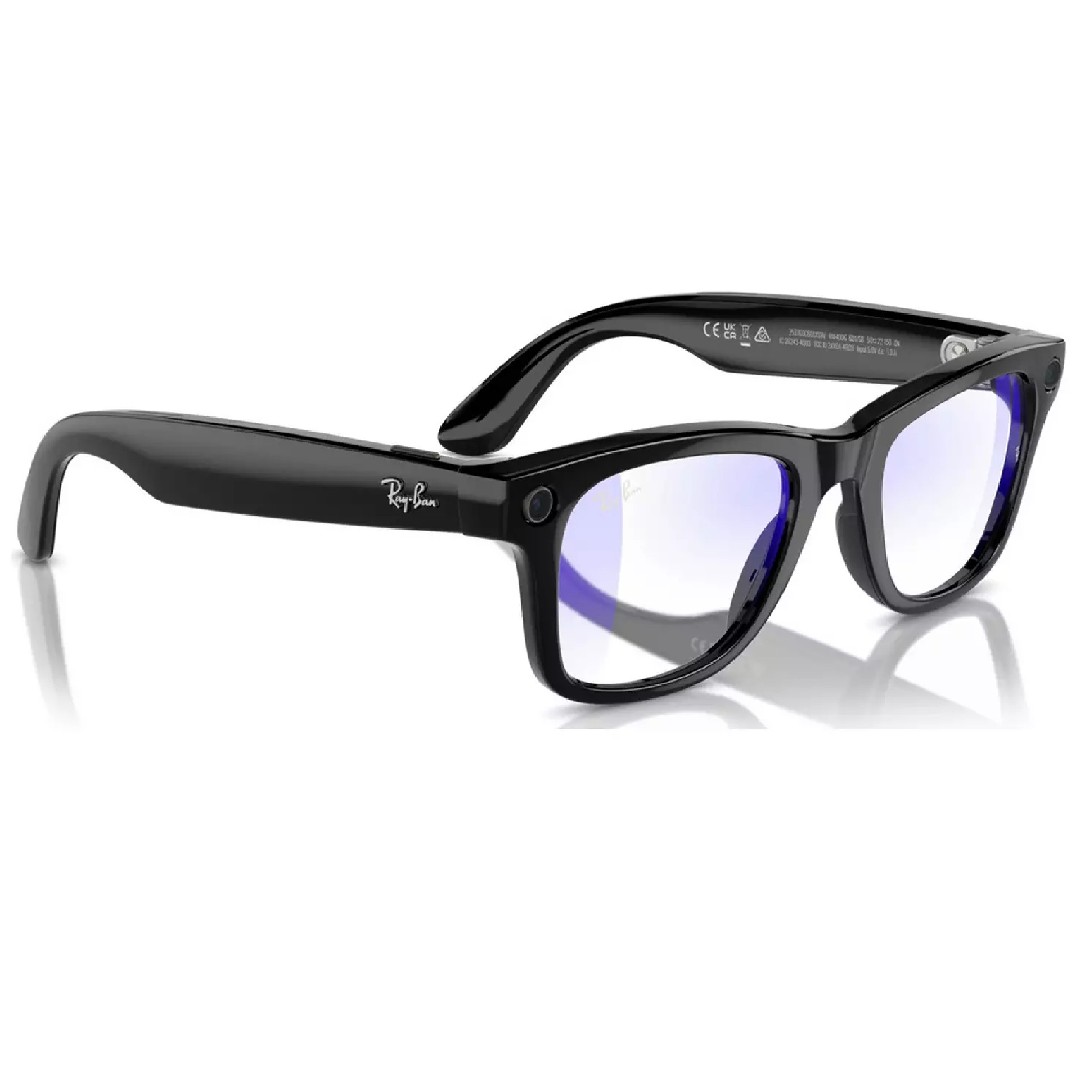
These are our top pick. With styling choices that aren't too far from the brand's famous sunnies, dual cameras, and a partnership with Meta, these glasses offer excellent quality audio and video, and live streaming – and they're now cheaper.
Read more below
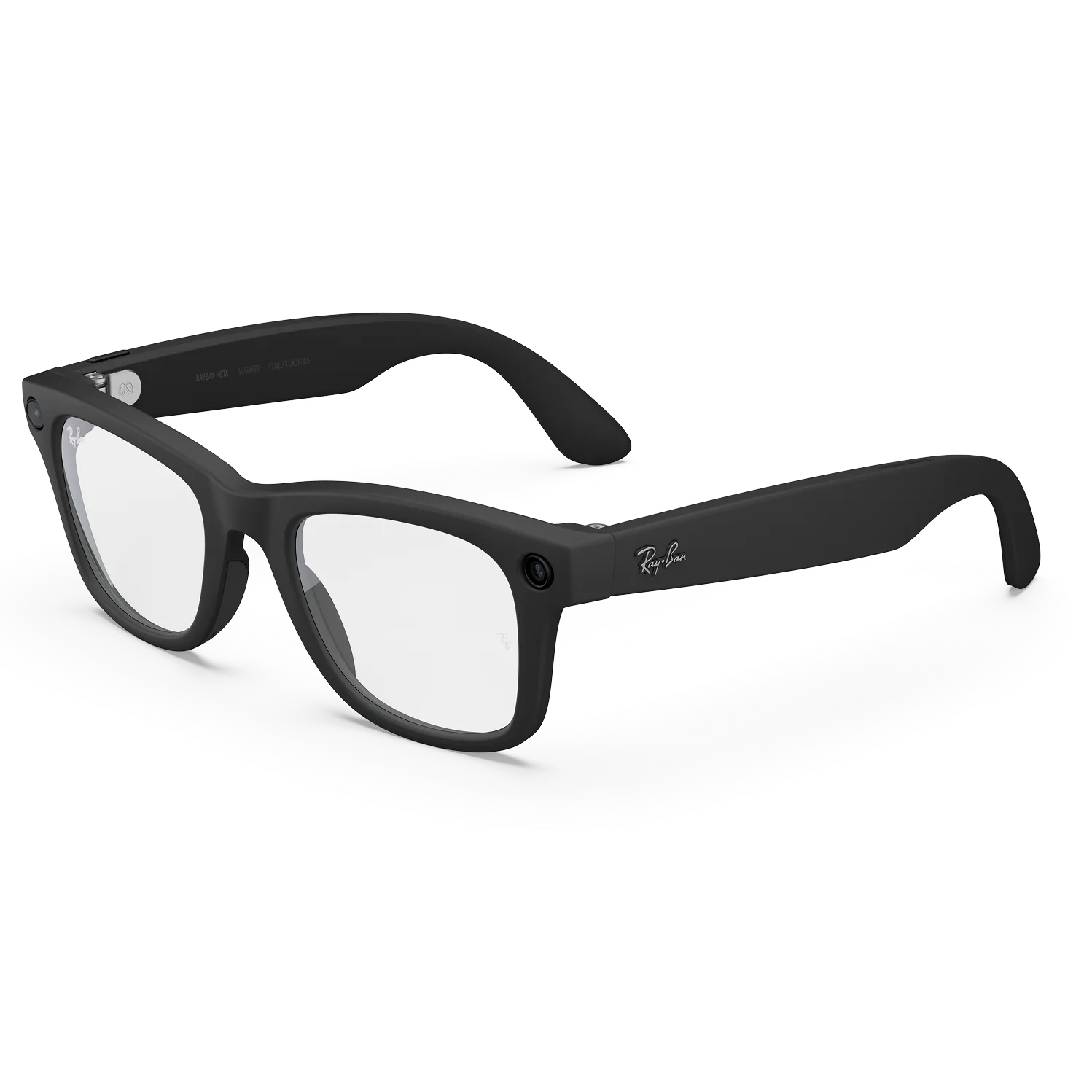
The Gen 2 version of the Ray-Ban Meta Smart Glasses upgrade the video quality to 3K, and offer significantly improved battery life. However, at current street prices, you're going to be paying a $100/£100 higher premium for a fairly minor upgrade.
Read more below
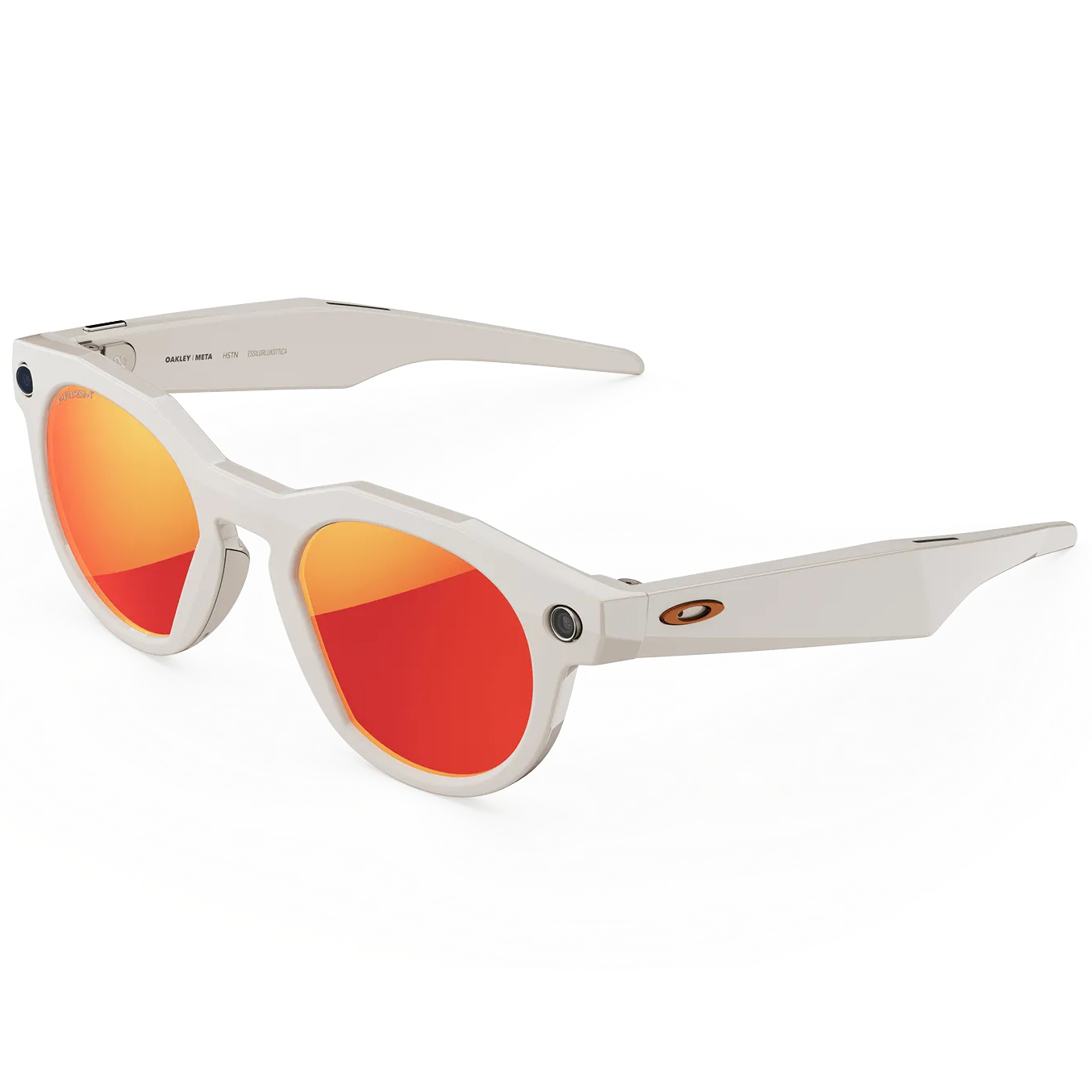
Offering the same camera functionality as the Ray-Ban Gen 2s, but in Oakley's signature style, these camera glasses are some of the best for sport. The 'Vanguard' wraparound version may be of interest to skiers and bikers.
Read more below
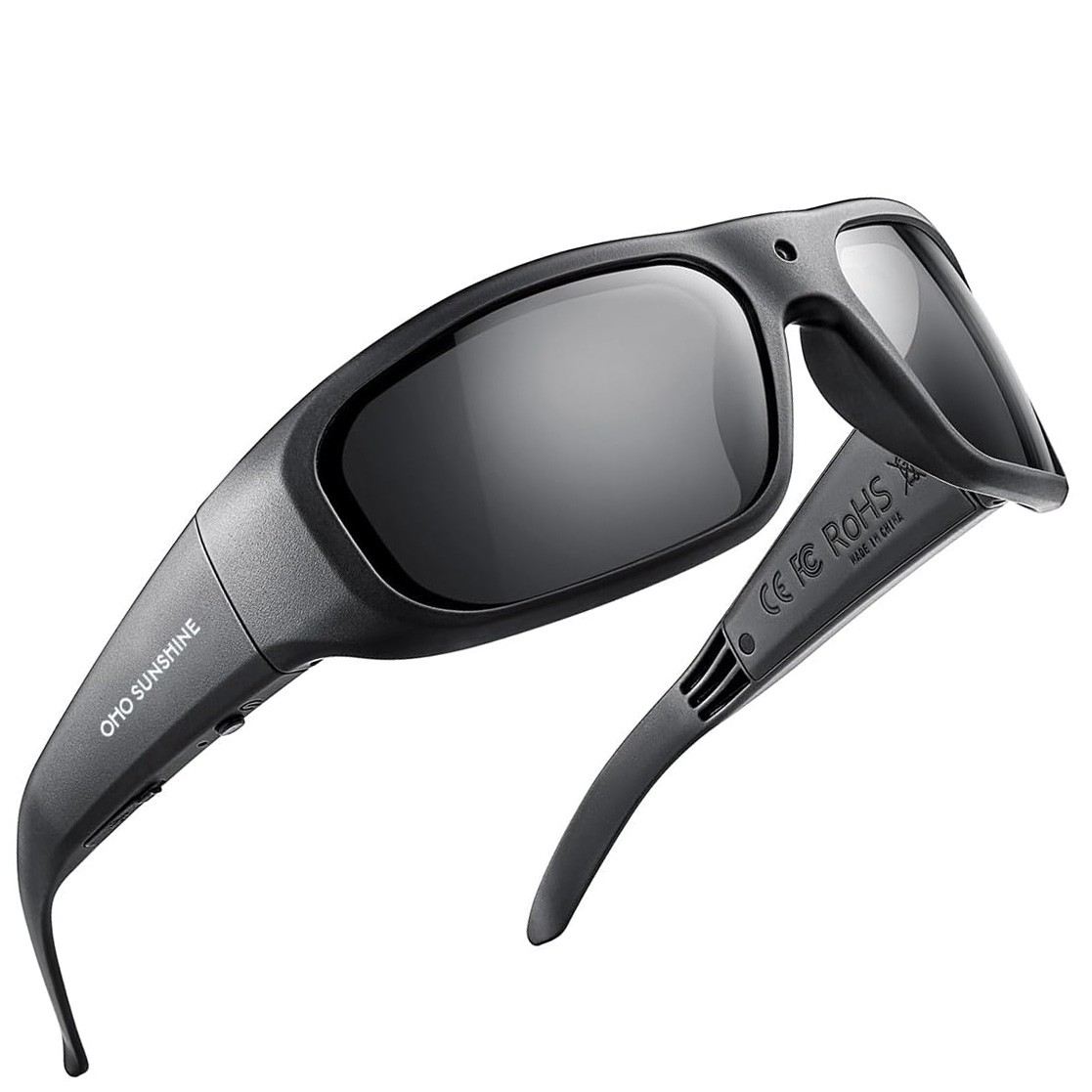
The quality of these budget camera glasses is better than the price may make you believe. They look pretty good - and the video recording we got in our tests is very watchable, as long as you are not expecting pro production standards.
Read more below
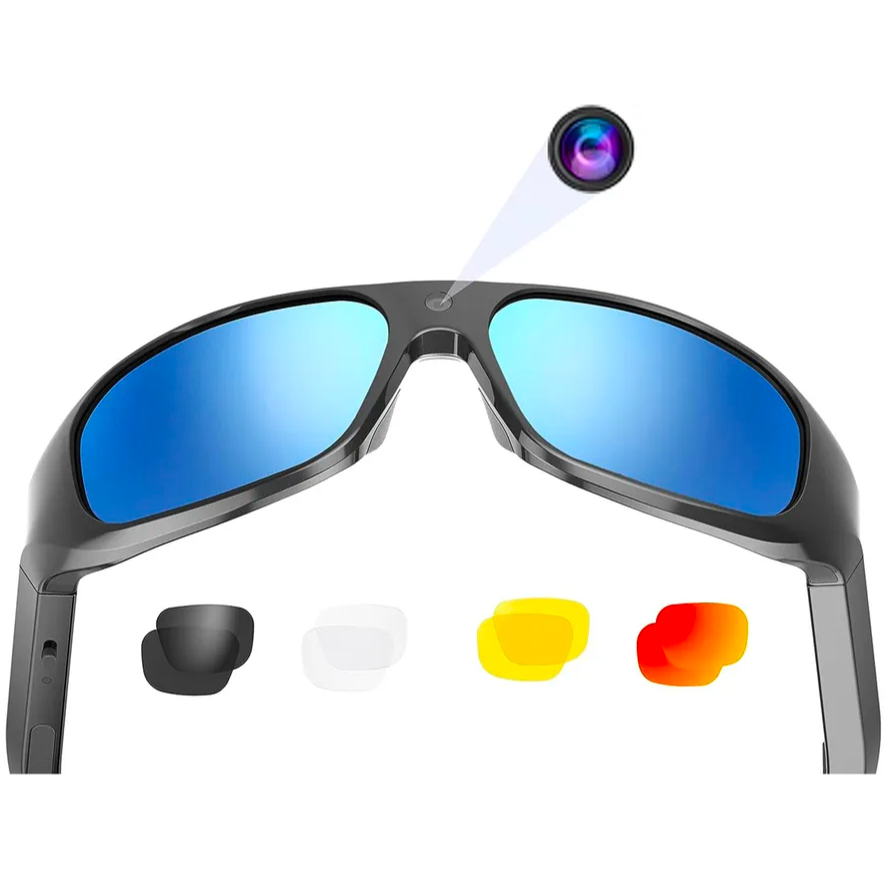
Looking for sharper images from your camera glasses? These will shoot in 4K and while they cost significantly more than your basic spy glasses, they're cost less than an action camera.
Read more below
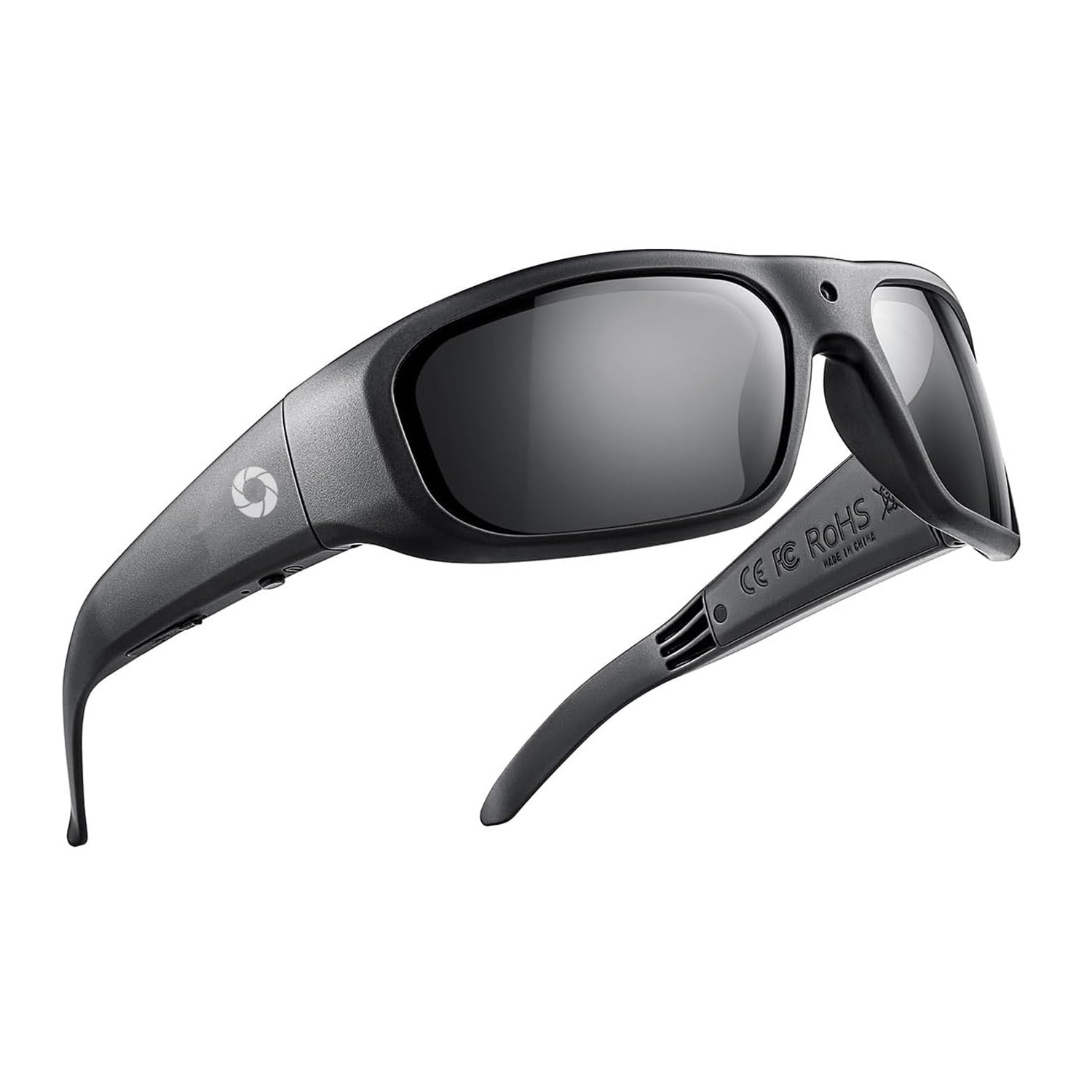
With one-button operation and built-in memory that means no need for memory cards, iVue's The Glide are some of the simplest camera glasses on the market, shooting FHD video and 24MP stills.
Read more below
See more products
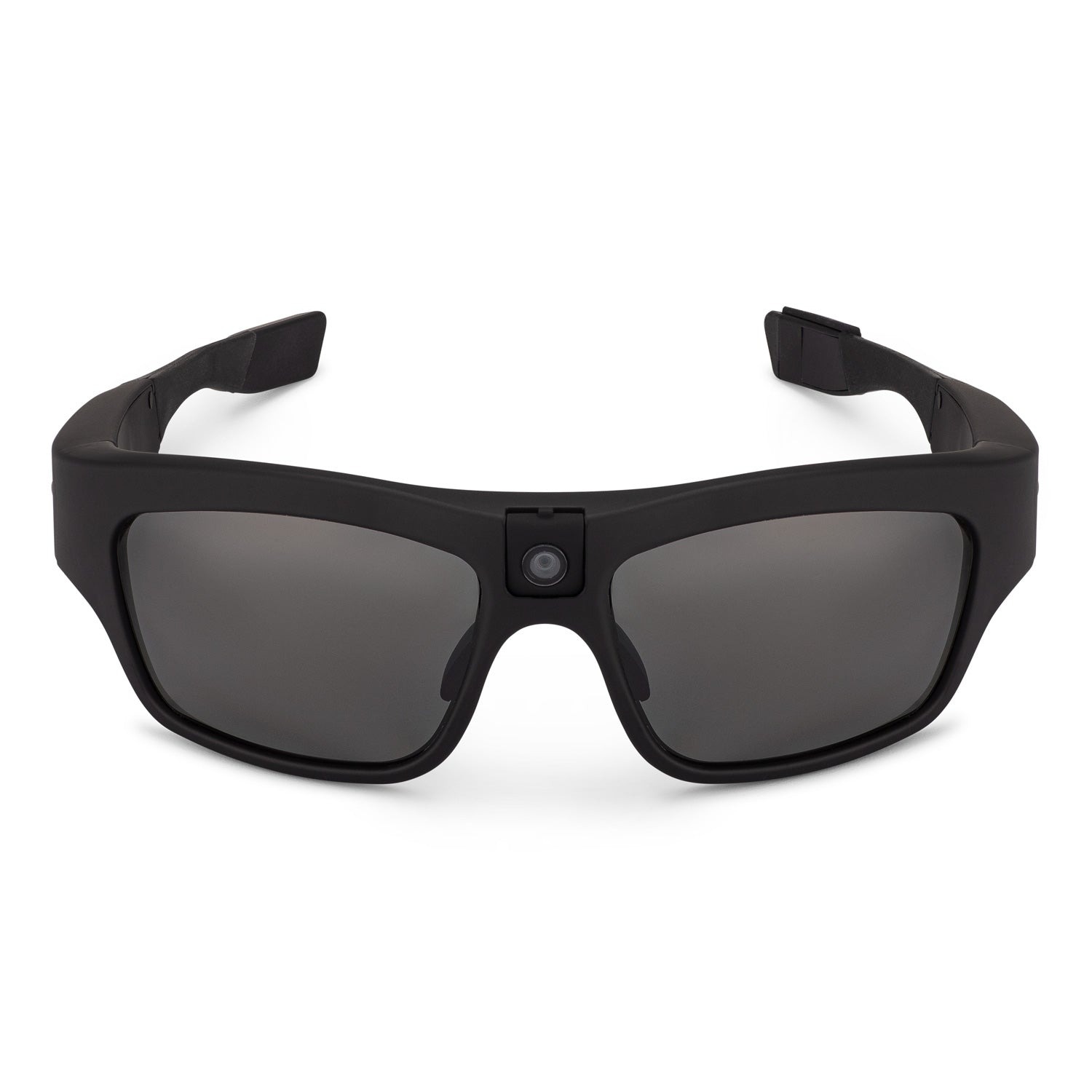
iVue's more recent and advanced glasses, these cost a little more than The Glide, but offer more in-depth video modes and app control. Be aware that they're currently only available in the USA.
Read more below
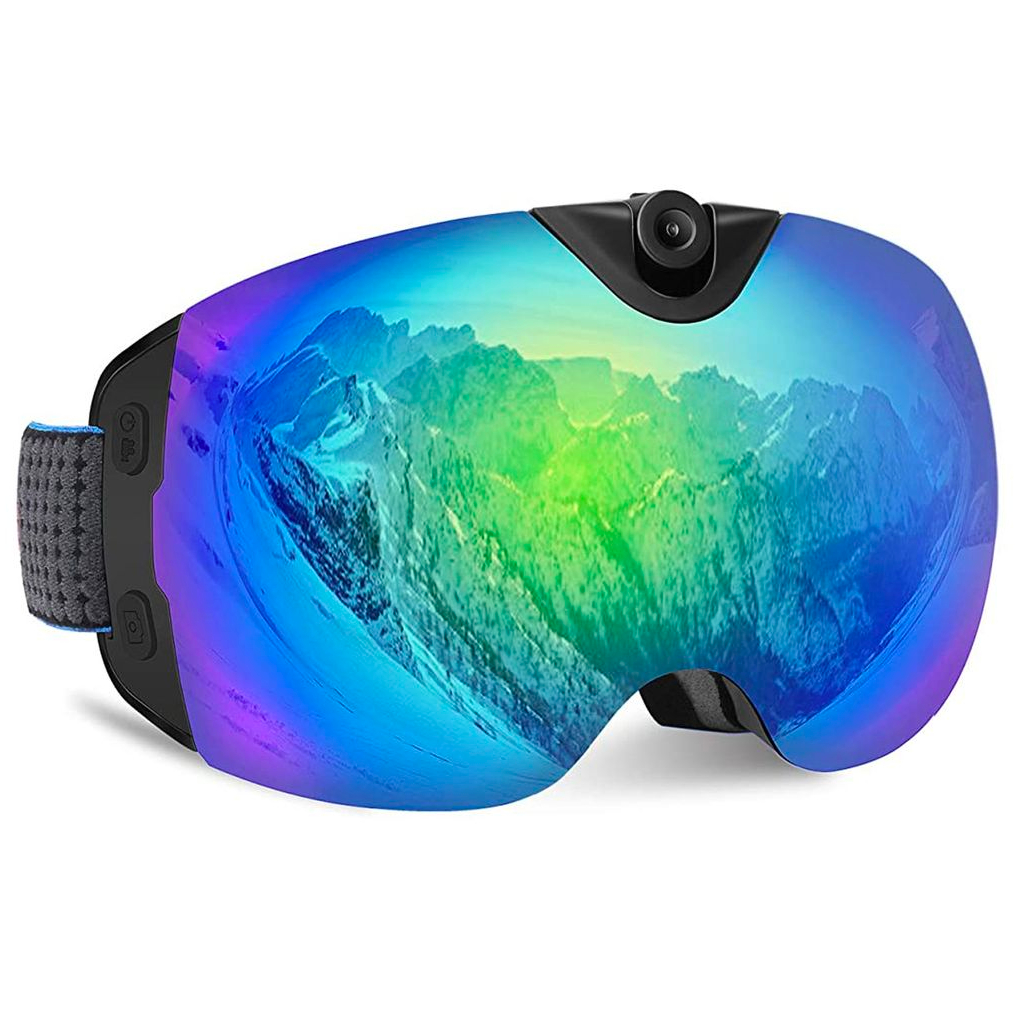
Want to take photos out on the slopes? With a separate button for video and high-res stills, these smart goggles can save you from the fuss of operating an action camera in snowy conditions.
Read more below
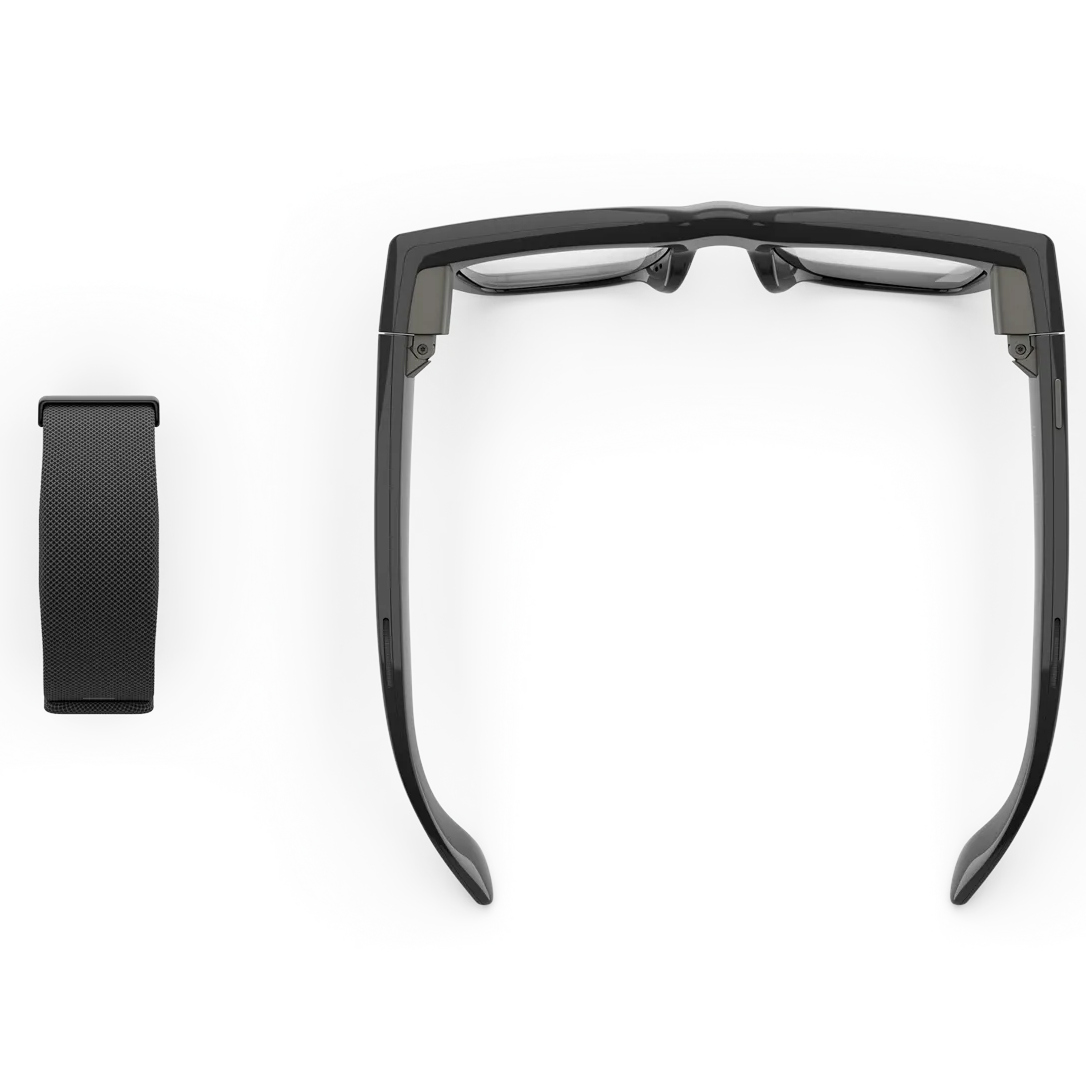
Want to feel like you're living in the future? The Meta Ray-Ban Display glasses (currently US only), with their built-in screen in the right lens and Neural Band for gesture controls, might just do it. They offer the same Full HD camera functionality as the original Ray-Bans.
Read more below
The best camera glasses
Why you can trust Digital Camera World
Best camera glasses overall
Specifications
Reasons to buy
Reasons to avoid
Not only does Ray-Ban styling inspire confidence, but like their predecessor the Ray-Ban Stories, their partnership with Meta offers convenient social sharing to many. The result is, a pair of glasses that look good, are built to a high standard, and perform the functions people use in their everyday life.
There are no AR features here, but you do get the ability to shoot high quality images and video via the two 12MP cameras placed on the front. You can then easily share these via Meta's apps including WhatsApp, Facebook, Messenger, Instagram, and Threads.
You also benefit from excellent quality audio playback, calls and voice assistance, courtesy of five built-in microphones (two more than on the Ray-Ban Stories). You charge them via an included charging case and battery life lasts for up to six hours, although that very much depends on how much you use it.
The glasses come in a few different named variations – most popular is the Wayfarer, a unisex pair. There's also the Skyler variant, which seems to be geared more towards women, and the wider Headliner variant, which appear to be more aimed at men – though of course, you can wear whatever you like. All of them have the exact same camera specs; the differences are purely cosmetic.
See our full RayBan Meta smart glasses review
Features ★★★★ | Well featured, with prescription lens option. | Row 0 - Cell 2 |
Design ★★★★½ | Sleek and stylish, with a range of variants. | Row 1 - Cell 2 |
Performance ★★★★ | High-quality imagery from dual 12MP cameras. | Row 2 - Cell 2 |
Value ★★★½ | Price has dropped since Gen 2. | Row 3 - Cell 2 |
Best premium camera glasses
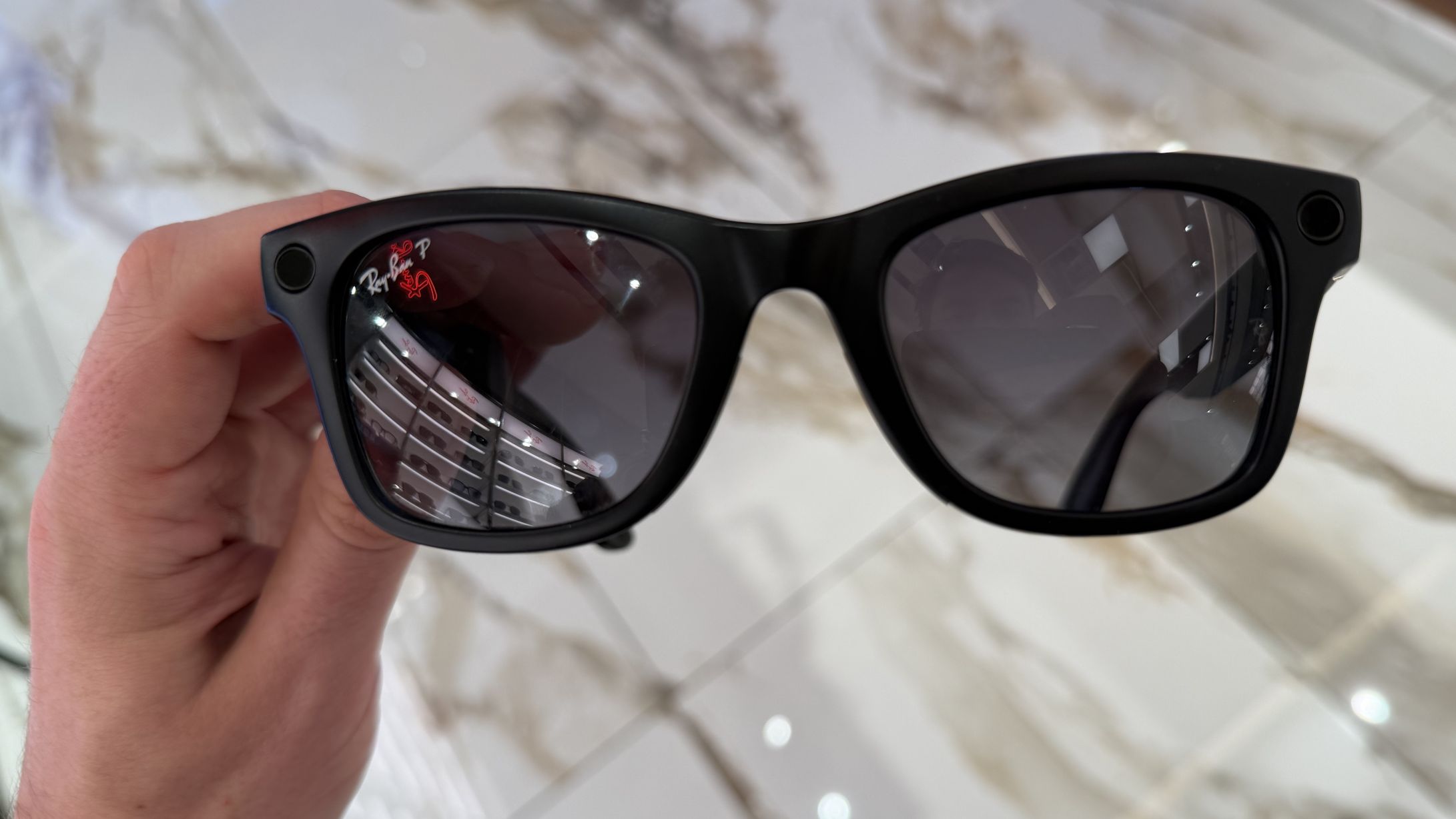
2. Ray-Ban Meta Smart Glasses Gen 2
Specifications
Reasons to buy
Reasons to avoid
It feels like the Meta Ray-Ban smart glasses have been around for no time at all, but the companies have already come out with a Gen 2 version. Not that you'd see much difference just looking at them from the outside – at first glance, these glasses are pretty much the same as the first generation, with style variants including Wayfarer, Headliner and Skyler.
The improvements are all internal. The cameras for the Gen 2 version have been beefed up, with the video resolution significantly buffed up to 3K as opposed to Full HD as on the first generation. Battery life has also been significantly improved – Meta claims around eight hours' mixed use, which can be significantly extended by popping them in the charging case whenever possible. This is a pretty radical upping from the estimated four hours of the previous glasses, and what's more, it also charges faster. As little as twenty minutes in the case can get you from zero to 50%, and a full charge can take around 75 minutes.
Meta's AI is also seeing improvements, with the glasses boasting new features like Live Translation, which is what it sounds like, and Conversation Focus, which uses the five built-in microphones to boost the voice of the person directly in front of you. We'll be giving these functions a full test in our forthcoming review.
However, there's one key reason that the Gen 2 glasses don't take the top spot – cost. While they come at the same starting premium as the previous generation, their arrival seems to have caused a real-terms $100/£100 discount to the price of the Gen 1 glasses, which are of course still plentifully available. If you've got the budget, the Gen 2 glasses are definitely superior, but the Gen 1 version will likely appeal to most people.
Features ★★★★½ | Similar to Gen 1, but upgraded in a few interesting ways. | Row 0 - Cell 2 |
Design ★★★★½ | Identical to the previous generation. | Row 1 - Cell 2 |
Performance ★★★★½ | Improved video quality from even better camera. | Row 2 - Cell 2 |
Value ★★★ | Quite expensive camera glasses. | Row 3 - Cell 2 |
Best camera glasses for sport
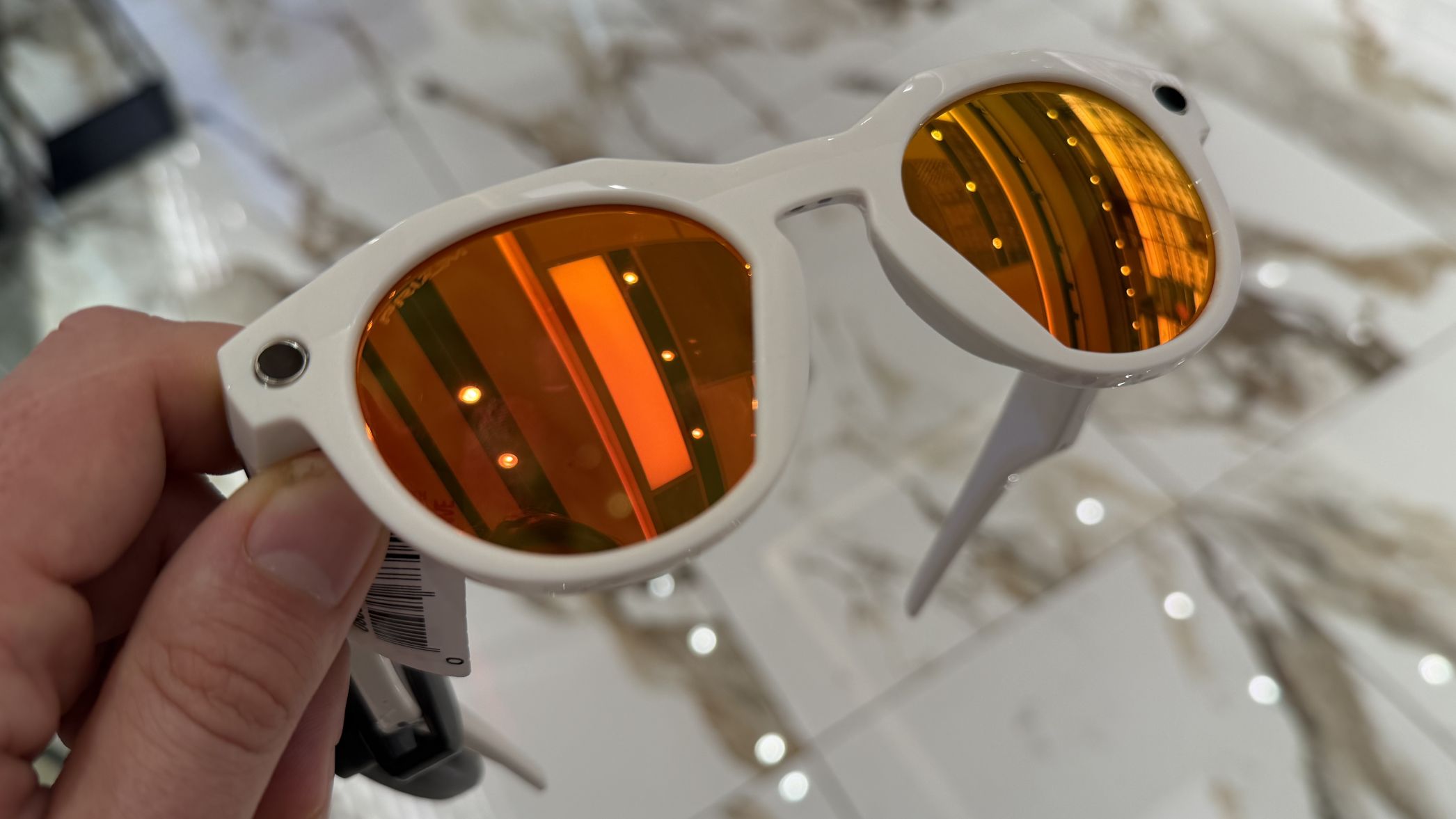
3. Oakley Meta HSTN Glasses
Specifications
Reasons to buy
Reasons to avoid
There isn't a great deal of difference between the Oakley Meta Glasses and the Meta Ray-Ban Gen 2 Glasses in terms of their camera and functionality. In fact, there's none at all – they deliver the same video quality and AI smarts. The differences this time are external, with the Oakley Meta HTSN Glasses being designed for sports users.
They come with a range of lens options. These include Oakley's PRIZM glass lenses, which are color-tuned to optimise contrast and detail, protecting your eyes from the sun without compromising your vision in a way that is specifically tailored towards sports. Alternatively, you can also get the Oakley glasses with polarized, transition or clear lenses.
There aren't as many design options as the Ray-Ban Meta glasses, but the Oakleys can also be purchased in the 'Vanguard' wraparound style, providing a greater level of shielding and protection for cyclists, snowboarders and the like. I would say that perhaps a greater level of waterproofing would have been sensible for this use-case, however, given that the Oakley glasses only offer the same IPX4 water-resistance level as the Ray-Bans.
All this does come at a cost, and the Oakley glasses are among the most expensive camera glasses option available currently. They start at $399/£399, and certain lens and style options can see you cruising well beyond the $400/£400 mark. Still, if you want glasses to record your sporting endeavors, there's nothing out there quite like these.
Features ★★★★½ | Just as well-equipped as Ray-Ban Meta Gen 2. | Row 0 - Cell 2 |
Design ★★★★ | Sleek and sporty, though better waterproofing would be nice. | Row 1 - Cell 2 |
Performance ★★★★½ | The same slick video prowess as the Ray-Bans. | Row 2 - Cell 2 |
Value ★★½ | They start out pricey, and only get pricier. | Row 3 - Cell 2 |
Best budget camera glasses
Specifications
Reasons to buy
Reasons to avoid
The pair boasts a 24-megapixel sensor - but in reality, still images are disappointing. Oho make lots of different camera glasses, but if you are after a low-cost novelty item then its basic 1080P offer more than the price tag suggests.
They don't have the design finesse of the Ray-Ban's - but at less than a quarter of the price they feel relatively robust, and look the part.
The pair boasts a 24 megapixel sensor - but in reality stills images are disappointing. The video (which is undoubtedly what camera glasses are best for), was very watchable in our tests - up to what you might expect from a basic dash cam, say.
The glasses have a built-in rechargeable battery (topped up via a USB-C socket), and have 32GB of built-in memory - so no extra costs to get them up and running.
The basic options for the glasses are controlled by one button - which positioned on one of the arms we found a little to easy to knock accidentally (so you start or stop recording when you don't mean to).
See our full OhO Sunshine camera glasses review
Features ★★★½ | Basic, but does the job and offers Full HD. | Row 0 - Cell 2 |
Design ★★★ | Robust but rudimentary, with some poor button placement. | Row 1 - Cell 2 |
Performance ★★★½ | Full HD video looks good – but don't bother with stills. | Row 2 - Cell 2 |
Value ★★★★ | One of the most affordable options. | Row 3 - Cell 2 |
Best 4K camera glasses
5. OhO Smart Camera Glasses 4K Pro
Our expert review:
Specifications
Reasons to buy
Reasons to avoid
If you're looking for sunglasses which won't look too different, but can capture about half an hour of video before the battery needs charging. These have a single camera mounted centrally, just above the nose, and capture H.265 video to built-in storage (256GB equates to about 17 hours, but check what is being offered at your retailer – we've seen versions as low as 32GB but given the battery life you might not need masses of storage.
Enough IP resistance for rain is appreciated, but it isn't there for swimming and 4K is limited to 30fps, meaning going down in resolutions is required for the higher 60fps option – you won't want to change settings too frequently as it is done via changing the init.txt file using a USB cable and laptop (no app!).
Video quality is good, if not stellar. You will need to plan both when you’ll shoot (there is about an hour’s recording time on one charge) and to using stabilization in your editing software for high action.
Features ★★★ | Some fiddly processes and middling battery. | Row 0 - Cell 2 |
Design ★★★½ | Decent rainproofing and TR90 construction. | Row 1 - Cell 2 |
Performance ★★★★½ | Good-looking 4K video with slow-mo option. | Row 2 - Cell 2 |
Value ★★★½ | Sits around the mid-range. | Row 3 - Cell 2 |
Best camera glasses for ease of use
Specifications
Reasons to buy
Reasons to avoid
Camera glasses are the kind of device you ideally want to be quite straightforward – without too many complex things to remember. The Glide by iVue is an ideal choice for anyone who likes to keep things simple; it's designed with one-button control – you hit the button to start recording, then hit it again to stop. That's it! The Glide even has its own 64GB of built-in memory, so you don't need to faff around with memory cards!
At 46g this is the lightest pair of glasses in this guide, and it also includes swappable lenses, allowing you to choose between tinted sunglass or polarised clear lenses. A small light above the bridge indicates when it's recording, and you also have the option to capture 24MP stills as well as 1080p video – interestingly, iVue's newer and more expensive Denali glasses (featured below) don't offer this functionality. Once you're done recording, you simply plug the glasses into your computer via the USB-C connection to offload your footage; there isn't a companion app for instant sharing.
See our full iVue The Glide review
Features ★★★½ | No-frills operation, but for some users that's an asset. | Row 0 - Cell 2 |
Design ★★★½ | Simple and functional, with swappable lenses. | Row 1 - Cell 2 |
Performance ★★★½ | Decent 1080p video and 24MP stills. | Row 2 - Cell 2 |
Value ★★★★ | Cheaper than many rivals. | Row 3 - Cell 2 |
Best 2K camera glasses
7. iVue Denali
Specifications
Reasons to buy
Reasons to avoid
These are the newer glasses from iVue – not necessarily a replacement for the Glide, but offering a slightly different feature-set. Essentially, if your priority is video over stills, then the Denali will quite possibly be a better fit. While they don't have functionality to capture still photographs, they do produce video at a higher 2K resolution, and if you drop down to Full HD, they offer a higher 60p maximum frame rate, compared to 30p on the Glide.
The Denali also offers greater sophistication in other areas too, with built-in Wi-Fi connectivity and the option to control the glasses via the companion app for iOS or Android. They charge up via USB-C and you can use them while charging if desired (though you will probably look quite weird. An indicator light also lets people around know that the glasses are recording. All this comes at a slightly higher premium than The Glide – and there's no built-in memory, so you will have to factor in the cost of a microSD card if you don't have one spare.
Also worth noting is that unlike The Glide, the Denali glasses seem to currently only be available in the USA.
Features ★★★★ | App control via Wi-Fi and fast USB-C charging. | Row 0 - Cell 2 |
Design ★★★½ | No complaints – good-looking, with swappable lenses. | Row 1 - Cell 2 |
Performance ★★★★ | Strong 2K 30p and FHD 60p video. | Row 2 - Cell 2 |
Value ★★★½ | A little pricier than The Glide, | Row 3 - Cell 2 |
Best ski goggles with a camera
8. OhO 4K Ski Goggles
Specifications
Reasons to buy
Reasons to avoid
It’s a pretty specific use case, but ski goggles with a built-in camera involve fewer straps than a separate action camera and get the lens closer to your eyes. OhO have some traction in the camera sunglasses market, and these video ski goggles seem to incorporate the same tech, right down to the 70-degree field of view camera.
That doesn’t feel quite enough but it’s very useful that it can be tilted to suit your natural head position, if you remember to do it, and if you opt for the wi-fi version you can check the video on an app. Though it’s 4K-capable at 24fps (change via a text file and USB link), it defaults to 1080p at 60fps which for most will be better for the slopes.
Features ★★★★ | Adjustable angle, separate stills and Wi-Fi | Row 0 - Cell 2 |
Design ★★★★ | Certainly look the part as far as ski goggles go. | Row 1 - Cell 2 |
Performance ★★★½ | Images show some compression artefacts. | Row 2 - Cell 2 |
Value ★★★ | More expensive than standard glasses. | Row 3 - Cell 2 |
Best camera glasses with display

9. Meta Ray-Ban Display Smart Glasses
Specifications
Reasons to buy
Reasons to avoid
If you're looking for camera glasses because secretly you want to feel like you're living in the future, the Meta Ray-Ban Display Smart Glasses will give you what you're looking for.
These glasses come as a set with the Meta Neural Band, which is worn around the wrist, and allows you to control the functionality of the glasses with simple gestures, the results of which you can see in the glasses' built-in display. That's right – integrated into the right-side lens is a genuine display, which is private to others, and can be easily hidden when not in use.
The fact that these glasses also have a built-in cameras (which appears to be the same setup as Gen 1 of the Ray-Ban Metas), means these are the only glasses on this list that will allow you to capture an image or video, post it to Instagram, and view it on Instagram, all in the same device.
Now, you might be thinking that surely all this doesn't come cheap. You would be right. The Meta Ray-Ban Display Smart Glasses come at an RRP of $799, which is double that of any other glasses on this list. It's also worth noting that they are currently only available in the US, with rollout to other territories expected in 2026.
FAQs
What are camera glasses?
Camera glasses are eyeglasses with a built-in camera that allows you to take photos and videos hands-free. They typically look like regular glasses and come in a variety of styles, including prescription lenses.
How do camera glasses work?
Camera glasses have a small camera mounted on the frame, usually near the bridge of the nose. The camera button is often located on the side of the glasses and can be used to capture photos and videos. Some models also have voice or gesture controls.
Are 'smart glasses' and 'camera glasses' the same?
No, and in this list we've been clear to include glasses which feature cameras. There are plenty of smart glasses out there which don't have built-in cameras – Bose's have a model with built-in speakers, and you can even find Echo glasses with Alexa built-in. In this guide, however, we look for glasses which offer an alternative means of photography – whether as a main function or as just one possibility.
How to choose the best camera glasses
To find the right camera glasses for you, there are a number of factors to consider. First, think about the resolution and frame rate each model offers. We'd advise going for models with at least 1080p resolution and 30fps for optimal video quality. Secondly, consider the field of view: the higher that number is, the more of the scene you'll be able to capture at once. Also look at battery life, additional features such as image stabilization and connectivity options to make sure you pick the right model for your specific needs.
How we test camera glasses
At Digital Camera World we've got a team of expert photographers who are also enthusiasts for anything that uses a camera, from microscopes to document cameras. When assembling a buyer's guide like this, we'll draw on our own experience, refer to our published reviews and those of our sister titles and, where appropriate, to knowledge from trusted customer reviews so we can offer the broadest perspective possible.
Read more:
Best night vision goggles
Best spy cameras
Best hidden camera detectors
Best action cameras
The best camera deals, reviews, product advice, and unmissable photography news, direct to your inbox!

With over 20 years of expertise as a tech journalist, Adam brings a wealth of knowledge across a vast number of product categories, including timelapse cameras, home security cameras, NVR cameras, photography books, webcams, 3D printers and 3D scanners, borescopes, radar detectors… and, above all, drones.
Adam is our resident expert on all aspects of camera drones and drone photography, from buying guides on the best choices for aerial photographers of all ability levels to the latest rules and regulations on piloting drones.
He is the author of a number of books including The Complete Guide to Drones, The Smart Smart Home Handbook, 101 Tips for DSLR Video and The Drone Pilot's Handbook.
